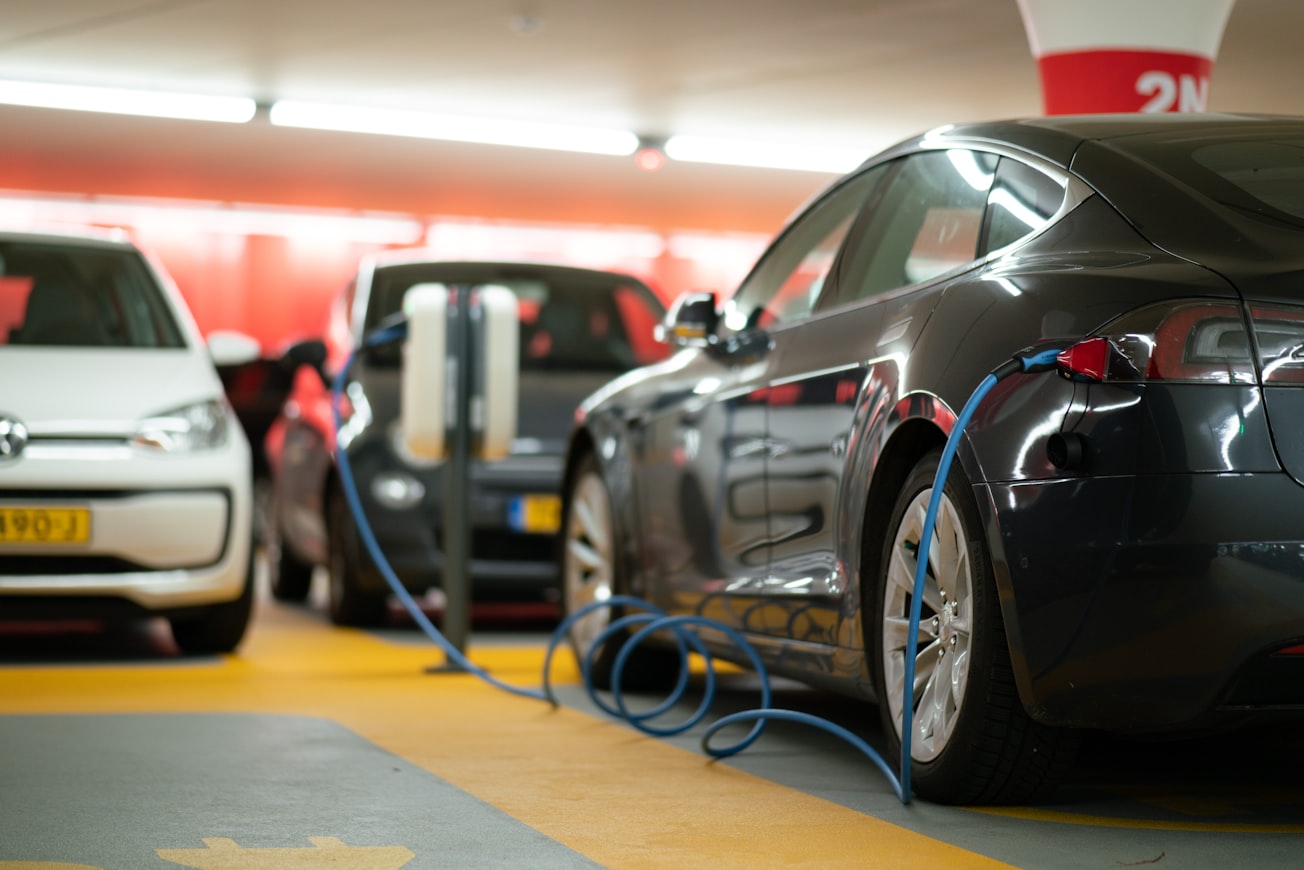What is it about?
In typical vehicle-to-vehicle charging systems, energy transfer is provided from a battery electric vehicle to charge the energy storage unit of another battery electric vehicle. In this study, the utilization of a fuel cell electric vehicle as an energy provider is purposed to charge the energy storage unit of a battery electric vehicle in vehicle-to-vehicle interaction.
Featured Image

Photo by Michael Fousert on Unsplash
Why is it important?
Although electric vehicles seem more economically efficient than conventional vehicles, the most important issue concerning their users is the charging of these vehicles. Especially on long distances, the battery performance of the vehicles is not sufficient due to the range and users need to charge the vehicles’ energy storage unit. However, charging stations for electric vehicles are not sufficient in comparison with conventional petrol stations. For this reason, charging the battery is of critical importance to users, and it is necessary to have alternative solutions. Vehicle-to-vehicle (V2V) charging technologies may successfully address the issue of a restricted number of charging stations. It can operate at any time and from any location, where the power may be obtained from other electrics through contact, reducing long-distance energy transfer via accessible close-loop V2V charging. In the coming years, it is foreseen that the main energy generation unit in fuel cell electric vehicles will be used for different purposes such as grid integration, portable and stationary applications. In this context, it is clear that an fuel cell electric vehicle can be used to charge the battery as an energy provider instead of battery electric vehicle in plug-in V2V charger applications. Fuel cell electric vehicles are filled with hydrogen and eliminates the disadvantages of traditional battery electric vehicle energy providers, such as a reduction in the amount of stored energy and the need for more time to charge fully.
Perspectives
V2V battery charger system consists of a fuel cell electric vehicle as an energy generation unit, a battery electric vehicle as an energy storage unit, and a dc-dc converter interface as an energy transfer unit. In order to control the energy transfer between electric vehicles, a sliding mode controller is adapted to manage the external converter interface located between vehicles.
Mustafa İnci
Iskenderun Teknik Universitesi
Read the Original
This page is a summary of: Sliding mode control for fuel cell supported battery charger in vehicle‐to‐vehicle interaction, Fuel Cells, October 2022, Wiley,
DOI: 10.1002/fuce.202200105.
You can read the full text:
Resources
Contributors
The following have contributed to this page







